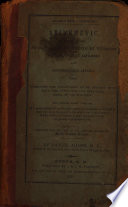 | Daniel Adams - 1839 - 268 pages
...the foregoing example and illustration we derive the following RULE FOR EXTRACTING T1IK CUBE ROOT. I. Separate the given number into periods of three...and every third figure beyond the place of units. II. Find the greatest cube in the left hand period, and put its root in the quotient. III. Subtract... | |
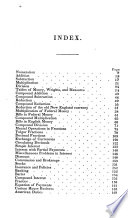 | Benjamin Greenleaf - Arithmetic - 1839 - 356 pages
...number can never contain more than three times that number, and at least but two less. We therefore separate the given number into periods of three figures...figure, and every third figure beyond the place of units ; thus 46.656. We find by the table of powers the greatest power in the left hand period, 46 (thousand)... | |
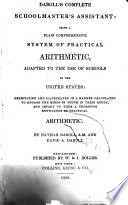 | Nathan Daboll - 1839 - 220 pages
...and 2 feet thick, is 2x2x2=8 cubic feet. Hence the cube root of 8 is 2, because 23, that is, 2x2x2=8. RULE. I. Separate the given number into periods of...point over the unit figure, and every third figure from the place of units, towards the left, and if there be decimals, point them from the unit's place... | |
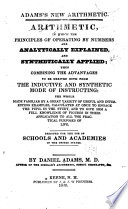 | Daniel Adams - Arithmetic - 1840 - 278 pages
...From the foregoing example and illustration we derive the following RULE FOR EXTRACTJNS THE CUBE ROOT. I. Separate the given number into periods of three...and every third figure beyond the place of units. II. Find the greatest cube in the left hand period, and put its root in the quotient. III. Subtract... | |
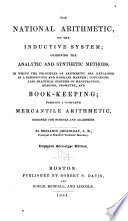 | Benjamin Greenleaf - Arithmetic - 1841 - 334 pages
...number can never contain more than three times that number, and at least but two less. We therefore separate the given number into periods of three figures...figure, and every third figure beyond the place of units ; thus 46.656. We find by the table of powers the greatest power in the left hand period, 46 (thousand)... | |
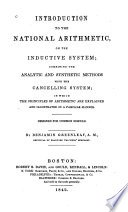 | Benjamin Greenleaf - Arithmetic - 1842 - 184 pages
...20 2940 Cube of 7 343 Hence the following RULE. figure beyond the place of units. Proof. = 19683. 1. Separate the given number into periods of three figures...putting a point over the unit figure, and every third 2. Find by the table the greatest cube in the left hand period, and put its root in the quotient. 3.... | |
 | Nathan Daboll - Arithmetic - 1842 - 268 pages
...multiplied into its square, shall produce the given number. RULE. 1. Separate the given number in4o periods of three figures each, by putting a point over the unit figure, and every third figure from the place of units to the laft, and if there be decimals, to the right. 2. Find the greatest cube... | |
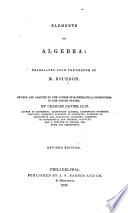 | Charles Davies - Algebra - 1842 - 368 pages
...root of 43725658, to within unity. Hence, for the extraction of the cube root we have the following RULE. I. Separate the given number into •periods of three figures each, beginning at the right hand: the left hand period will often contain less than three places of figures.... | |
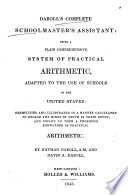 | Nathan Daboll - Arithmetic - 1843 - 254 pages
...2 feet thick, is 2x2x2=8 cubic feet. Hence the cube root of 8 is 2, because 23, that is, 2X2 x2=8. RULE. I. Separate the given number into periods of...putting a point over the unit figure, and every third rigure from the place of units, towards the left, and if there be decimals, point them from the unit's... | |
 | Benjamin Greenleaf - Arithmetic - 1843 - 340 pages
...root, is to find a number, which, multiplied into its square, will produce the given number. RULE. 1 . Separate the given number into periods of three figures...putting a point over the unit figure, and every third Jigure beyond the place of units. 2. Find by th.e table the greatest cube in the left hand period,... | |
| |